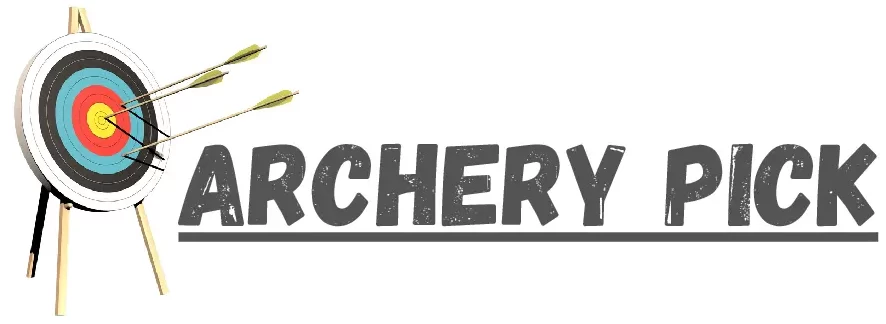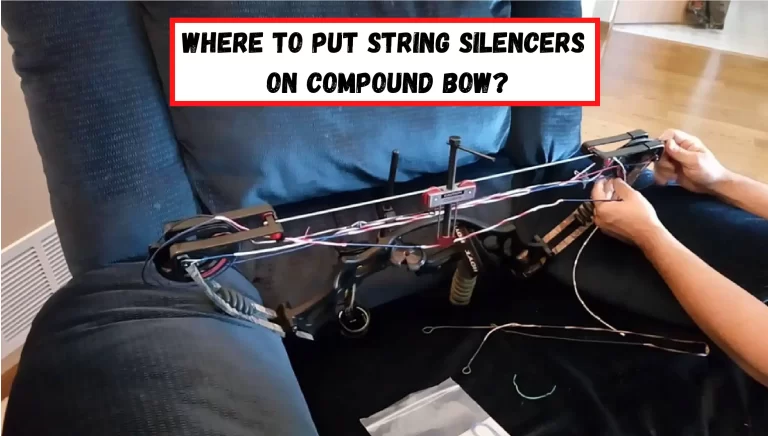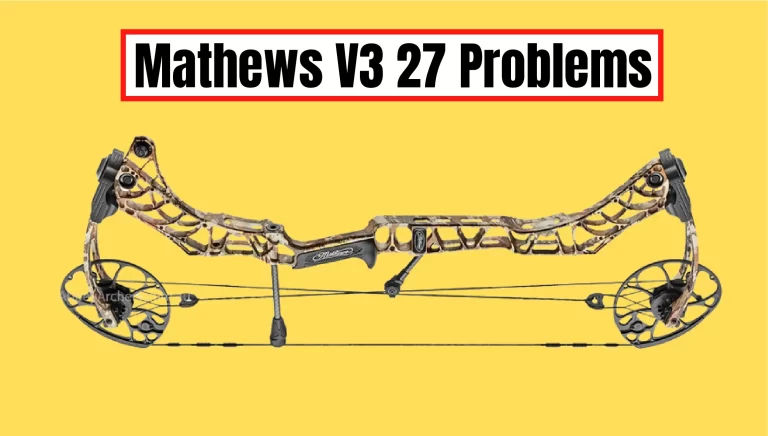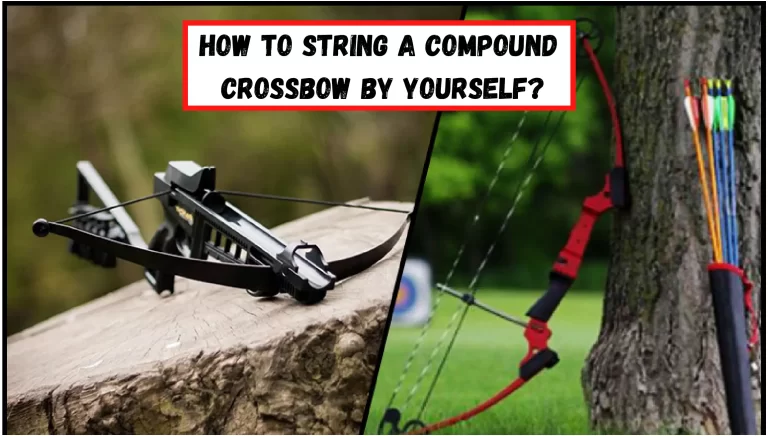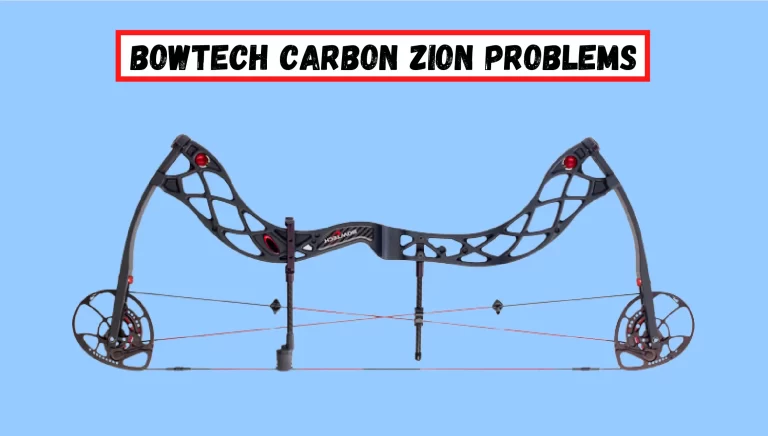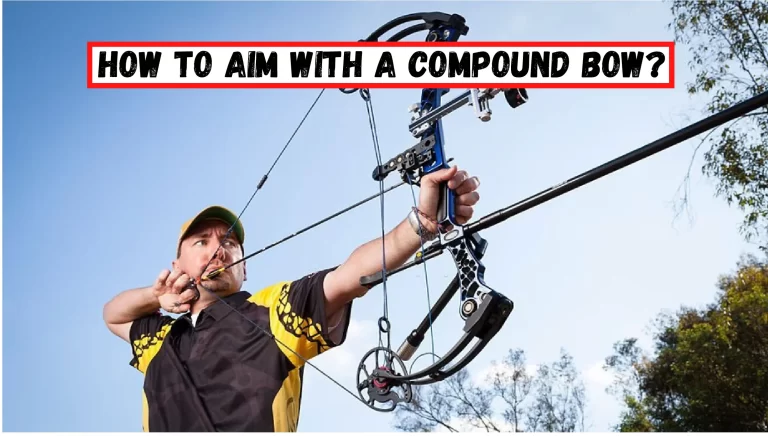How To Make A Compound Bow String? – The Easiest Way
"As an Amazon Associate, I earn from qualifying purchases. This post contains affiliate links"
Are you an avid archer or bow hunter looking to save money on costly bow string replacements?
Making your own compound bow string may be the solution you’ve been looking for. In this post, we’ll take you through the step-by-step process of how to make a compound bow string from start to finish.
With the right materials and a little bit of know-how, you’ll be able to create a durable and reliable bow string that will help you hit your targets with precision.
I’ve already made an article about How To String A Compound Bow? which I recommend you to read.
Things You Will Need to Make a Compound Bow String
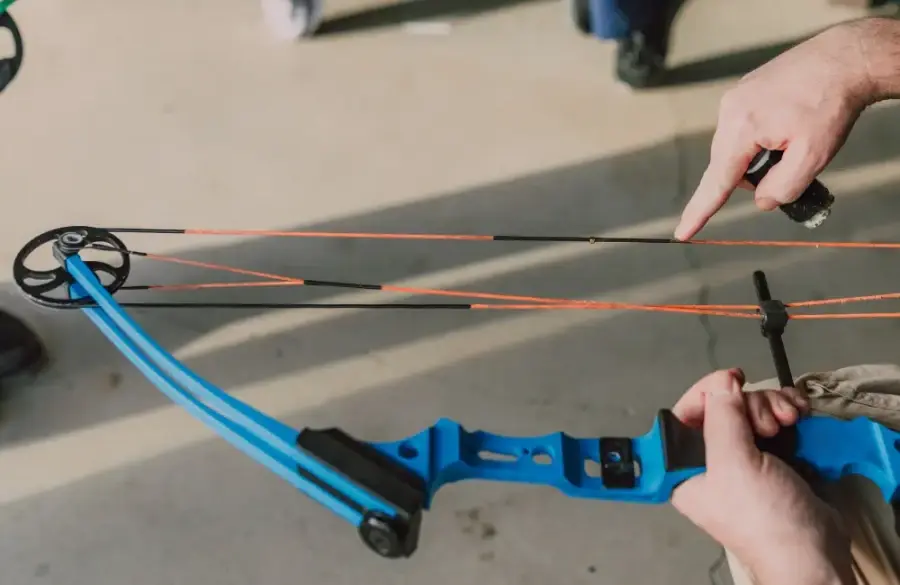
To make a compound bow string, you will need the following materials:
String material: You will need enough string material to create the length of string required for your particular bow. There are various types of string material available, such as Dacron, Fast Flight, and BCY X, each with its own set of characteristics. Choose a string material that is appropriate for the type of bow you have and the type of shooting you plan to do.
Serving thread: This is a strong, braided thread that is used to “serve” the ends of the string, or wrap it around the ends to prevent fraying. Choose a serving thread that is compatible with the string material you are using.
Serving tool: This is a specialized tool that is used to wrap the serving thread around the ends of the string. There are various types of serving tools available, including hand-held serving jigs, electric serving machines, and serving forks. Choose a serving tool that is appropriate for the type of serving you plan to do.
Nocking points: These are small metal or plastic devices that are attached to the string to mark the correct location for the nock (the notch on the end of an arrow) to be placed. Choose nocking points that are compatible with the type of arrows you are using.
String wax: This is a product that is used to lubricate and protect the string from moisture and dirt. Choose a string wax that is appropriate for the type of string material you are using.
Other necessary equipment: You may need other tools and equipment to complete the process of making a compound bow string, such as a bow press (to remove and install the string), a set of Allen wrenches (to adjust the string length), and a torque wrench (to ensure proper tension). Make sure you have all the necessary equipment before beginning the process.
Step 1: Prepping The String Material
Before you can assemble the string for your compound bow, you need to prepare the string material. Here are the steps for prepping the string material:
Measure the string length: Measure the length of the string that you need for your particular bow. You can usually find the recommended string length in the owner’s manual or by contacting the manufacturer. It is important to get the correct length of string, as an incorrectly sized string can affect the performance of the bow.
Cut the string material: Once you have the correct length of string material, cut it to size. Make sure to leave a few inches of extra material on each end, as you will be serving these ends later.
Serve the ends of the string: To serve the ends of the string, you will need a serving tool and serving thread. Follow the instructions for your serving tool to wrap the serving thread around the ends of the string. This will help prevent the string from fraying and ensure a longer lifespan.
Trim the ends of the served string: Once you have finished serving the ends of the string, trim off any excess thread. Make sure to leave a small amount of served thread on the ends of the string to provide extra protection.
Step 2: Assembling The String
Now that you have prepared the string material, it is time to attach it to your compound bow. Here is how to do it the right way:
Install the string onto the bow: Follow the instructions for your particular bow to install the string onto the cams and limbs. Make sure to attach the string correctly to ensure proper function and avoid damaging the bow.
Adjust the string length: Once the string is installed, you will need to adjust its length to ensure proper tension. This will typically involve using a torque wrench or other specialized tool to apply the correct amount of tension to the string. Follow the instructions for your particular bow to ensure proper string tension.
Align the string with the bow: Make sure to align the string with the bow’s limbs and cams properly. This will help ensure that the bow functions correctly and reduces the risk of damage.
Step 3: Testing And Maintaining The String
Once you have assembled the string onto your compound bow, it is important to test it for proper tension and function. Here are some tips for testing and maintaining the string:
Test the string: After you have installed the string and adjusted the tension, test the string by shooting a few arrows. Make sure that the string functions properly and that the arrows are flying correctly. If you notice any issues with the string’s performance, you may need to adjust the tension or re-align the string.
Maintain the string: To extend the lifespan of your string and ensure optimal performance, it is important to maintain it regularly. This includes cleaning the string of dirt and debris and applying string wax to protect it from moisture. Follow the instructions for your particular string material to determine the best maintenance routine.
Last Minute Thoughts!
Making a compound bow string is a task that requires some knowledge and the right materials. By following the steps outlined above and using the proper tools and equipment, you should be able to create a durable and reliable bow string that will help you hit your targets with precision.
Just remember to test the string after assembly and maintain it regularly to ensure optimal performance. If you have any questions or concerns during the process, don’t hesitate to reach out for help.
Happy Hunting!
Related Posts:-
